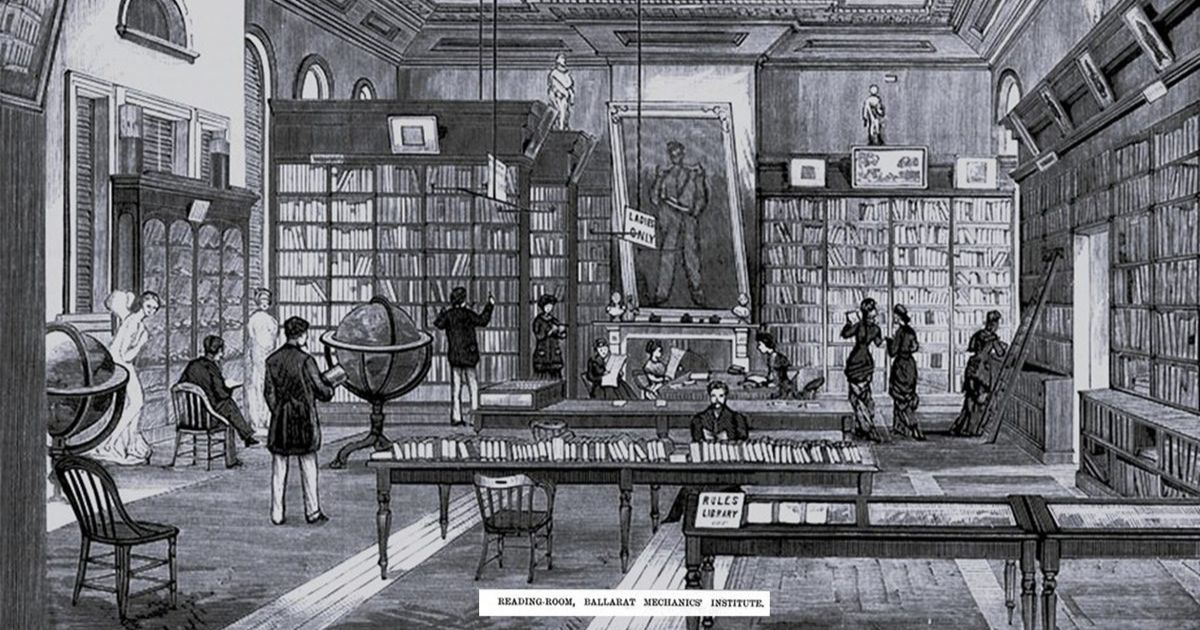From the desk of Roland Rocchiccioli

Australian artist, John Brack — 5p.m. Collins Street: “Blank-faced office workers hurrying-by like sleepwalkers…”
“TO retire, or not to retire”, that is the question. For some the prospect of ending paid employment is their worst nightmare. For others, the distant sight of the labour force finishing-line is a thing of beauty; a joy to behold. It is the bright light on the horizon of freedom.
Work is the rent you pay for the space you occupy on earth. Some live to work, others work to live! It is a vexed state of being. For the lucky, employment is their whole raison d’etre. It drives them from their beds and provides purpose and routine in their lives. It offers profound, personal fulfillment. For others it is a not-to-be-endured crushing drudgery; their bête noire — the bane of their existence. It saps their energy, weakens their spirit, and leads to a state of relentless misery.
Work Ethos is at the core of why we work. It is a state of mental being which leads to employee engagement, or disengagement. Gallup’s 2024 Global Workplace report shows 23% of employees are engaged; 62% and 15% are disengaged, or actively disengaged, respectively. In the United States, 82% of employees are actively disengaged, amounting to an annual loss in productivity of between $450- and $550-billion — a solution which continues to deteriorate. In Australia 25% are actively engaged; 65% are not. Research based evidence indicates if the manager is engaged then employees are more likely to follow the example.
The technological, scientific, social, and workplace revolutions of the last half-century have seismically transformed the philosophy about what constitutes work, and the relationship between workers, companies and governments. Most obviously, the exploitative employer has been subjugated by the activist employee and challenging legislation — and not automatically to the advantage of either. Workplace terms and conditions have become antagonistic — even draconian Too often in the event of disagreement there is a lack willing to find the compromise. A fair day’s pay for a fair day’s work is not necessarily a workers’ priority. Conversely, too often employees are expected to work overtime with no remuneration. Rarely, if ever does one hear of a major supermarket overpaying employees; however, serious underpayment is too common an occurrence.
Reciprocal workplace regard for each other has, by osmosis, been weakened. The relationship aggregate is decidedly imbalanced. Employers feel thwarted by workplace reform laws. Employees are quick to take umbrage. Employers’ articulated productivity expectations are labelled bullying; any expressions of performance dissatisfaction are deemed disrespectful. The employers’ right to summarily dismiss with full and mitigating reason is problematic, and sometimes legally prohibitive.
Before the advent of obscene profits, employer/employee loyalty was more commonplace. Gone are the days of gold watch presentations for 40– or fifty-years of devoted, continuous service by an employee.
Our years of greatest workplace influence lie between the ages of 40 and seventy-five. It takes 20-years to arrive at a point of self-assuredness; to feel confident in making decisions, implementing practices, and guiding and directing other staff. With time and practice what took a week can be achieved in a day! Early retirement robs us of valuable knowledge and experience.
Categorically, navigating the workplace is complicated. The restrictive constructs are daunting; expectations are unreasonable. Unsurprisingly, many want to retire at the earliest opportunities. For others, they pray the day will never dawn!
Roland can be heard with Brett Macdonald — radio 3BA Monday at 10.45 a.m. Contact: [email protected]


















